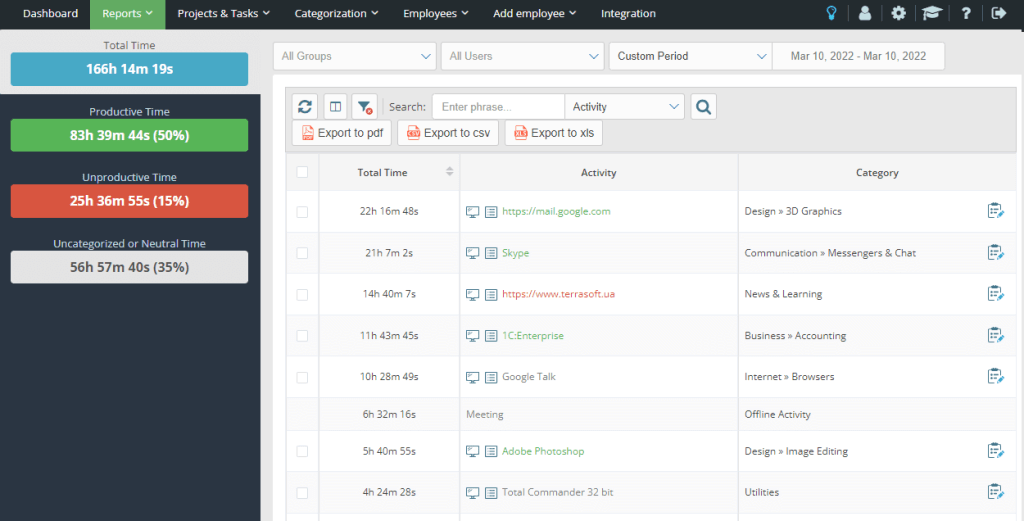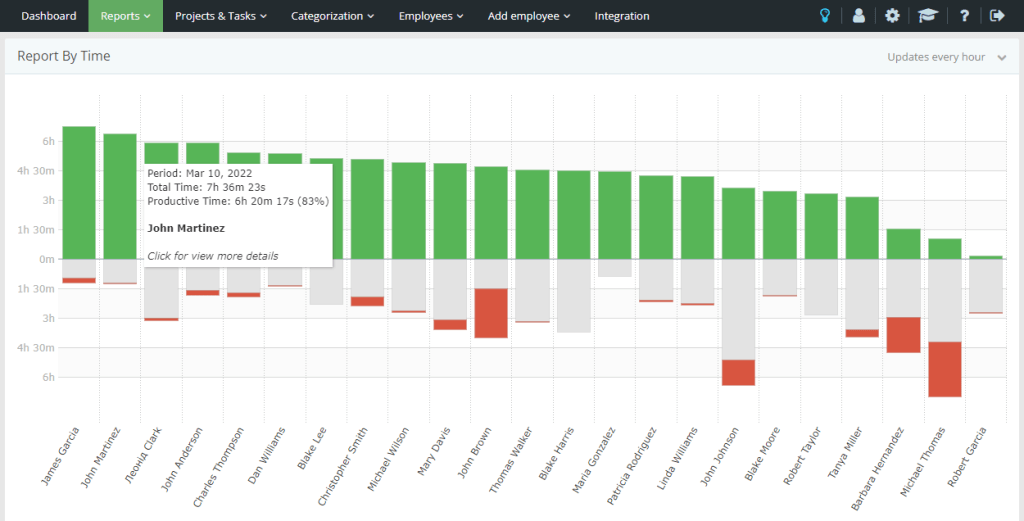The Hidden Cost of Time Waste in the Workplace
Every company experiences productivity losses due to time waste, but few realize the extent of the problem. Small inefficiencies accumulate over time, leading to significant losses in revenue and productivity. Employees often spend hours on non-essential tasks, excessive meetings, and workplace distractions, reducing overall efficiency.
Time waste is not just about procrastination—it includes poor task management, lack of clear priorities, and ineffective communication. Without proper tracking and optimization, businesses struggle to make the most of their working hours.
Where Does Workplace Time Waste Come From?
Understanding the root causes of time waste is the first step toward improving efficiency. Employees face various challenges that prevent them from focusing on high-value tasks. Identifying these inefficiencies can help managers implement better strategies to maximize productivity.

Common Sources of Time Waste at Work
- Excessive meetings. Unstructured and unnecessary meetings consume valuable work hours.
- Workplace distractions. Emails, phone calls, and social media disrupt focus and slow down progress.
- Poor task prioritization. Employees spend too much time on low-impact activities.
- Multitasking inefficiencies. Switching between multiple tasks reduces concentration and increases mistakes.
- Unclear workflows. A lack of structured processes results in delays and miscommunication.
Addressing these inefficiencies allows companies to reclaim lost hours and boost employee performance.
Strategies to Reduce Time Waste and Improve Efficiency
To minimize wasted time, businesses need structured processes and better time management practices. Encouraging employees to focus on high-priority work and eliminating unnecessary distractions can significantly improve overall performance.
Setting clear expectations and using technology to track work hours enables teams to stay accountable and manage their time effectively.
Practical Steps to Optimize Work Time
- Establish clear goals and deadlines. Employees perform better when they know what to prioritize.
- Limit non-essential meetings. Streamlining communication ensures fewer interruptions and more focused work.
- Implement structured work routines. Creating daily schedules helps employees stay on track.
- Encourage deep work periods. Blocking off distraction-free time improves concentration.
- Use time tracking tools for visibility. Monitoring work hours helps identify inefficiencies and optimize workflow.
By applying these strategies, companies can reduce wasted time and enhance workplace efficiency.
How Time Tracking Tools Help Eliminate Wasted Time
Time tracking software provides valuable insights into how employees spend their work hours. By analyzing real-time data, managers can pinpoint areas where productivity is lost and implement better solutions to maximize efficiency.

With a time tracker, companies can measure task durations, identify bottlenecks, and ensure that employees are focusing on the right priorities. Tracking work habits also promotes accountability and helps teams stay aligned with company goals.
Key Benefits of Using a Time Tracker
- Identifies inefficiencies. Highlights non-productive activities that drain valuable work hours.
- Improves task allocation. Helps distribute workloads effectively across teams.
- Enhances employee accountability. Encourages employees to manage their time responsibly.
- Optimizes scheduling. Supports data-driven planning to maximize productivity.
- Reduces unnecessary overtime. Prevents employees from overworking and burning out.
With accurate time tracking, businesses can improve efficiency, reduce operational costs, and increase overall productivity.
Take Control of Wasted Time and Boost Workplace Productivity
Unmanaged time waste slows business growth and reduces profitability. Implementing structured workflows, reducing distractions, and leveraging time tracking technology can help companies maximize efficiency and drive better results.

